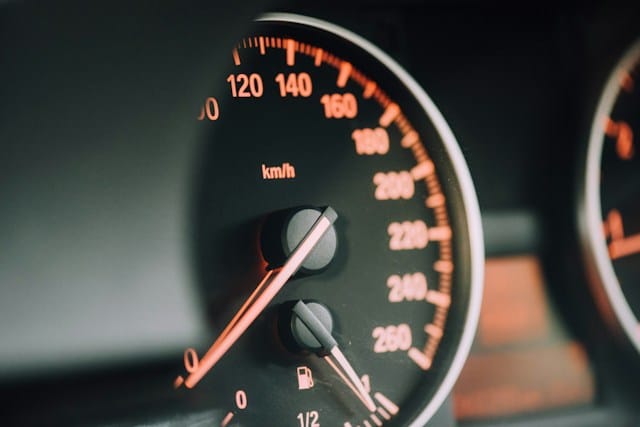Understanding and Preventing Car Overheating Issues
 Car overheating can be a serious issue, potentially leading to significant engine damage if not addressed promptly. Understanding the causes of overheating and how to prevent them is crucial for every car owner. This article delves into the common reasons behind overheating, signs to watch out for, and preventive measures to ensure your vehicle remains cool under all driving conditions.
Car overheating can be a serious issue, potentially leading to significant engine damage if not addressed promptly. Understanding the causes of overheating and how to prevent them is crucial for every car owner. This article delves into the common reasons behind overheating, signs to watch out for, and preventive measures to ensure your vehicle remains cool under all driving conditions.
Common Causes of Overheating
Coolant System Issues
The coolant system is pivotal in keeping the engine at an optimal temperature. Issues such as leaks, a malfunctioning thermostat, or a clogged radiator can impede coolant flow, leading to overheating. Regular checks can identify and rectify these issues early.
Insufficient Coolant
Low coolant levels are a direct cause of overheating. Leaks in the system or simply neglecting to top up the coolant can result in insufficient fluid to dissipate engine heat effectively. Ensuring your coolant is at the recommended level is a simple yet effective preventive measure.
Radiator Problems
The radiator dissipates heat away from the engine. Damage, clogs, or airflow issues can compromise its efficiency, causing the engine to overheat. Keeping the radiator in good condition is essential for preventing overheating.
Signs of Overheating
Temperature Gauge or Warning Light
The most obvious sign of overheating is the temperature gauge moving into the red zone or a warning light on the dashboard. These indicators should not be ignored, as they signal that immediate action is needed.
Steam from the Hood
Steam or smoke emanating from under the hood is a clear indication that your car is overheating. If you notice this, it’s crucial to pull over safely and turn off the engine to prevent further damage.
Unusual Engine Noises
Knocking sounds from the engine could indicate overheating, as components expand abnormally due to excessive heat. This symptom warrants immediate attention to avoid severe engine damage.
Preventive Measures
Regular Coolant System Maintenance
Regular maintenance of the coolant system, including flushing and replacing the coolant at manufacturer-recommended intervals, is vital. This ensures the system is free from leaks and blockages, maintaining efficient cooling.
Checking the Thermostat
The thermostat regulates coolant flow and engine temperature. A malfunctioning thermostat can cause overheating by preventing coolant from circulating properly. Regular checks can ensure it functions as intended.
Radiator Care
Ensuring the radiator is clean and free from obstructions allows for optimal airflow and cooling. Periodic inspections can help identify issues like leaks or damage that need repair.
Observing Engine Temperature
Keeping an eye on the engine temperature gauge during drives can help catch overheating issues early before they cause damage. Immediate action, such as pulling over and shutting down the engine, can prevent a minor issue from becoming a major repair.
Conclusion
Overheating is a significant threat to your car’s engine, but understanding its causes and signs can help you prevent it. Regular maintenance of the cooling system, along with attentive driving practices, are key to keeping your vehicle running smoothly without the risk of overheating. By taking these preventive measures, you can ensure your car remains reliable, efficient, and ready for the road ahead.
